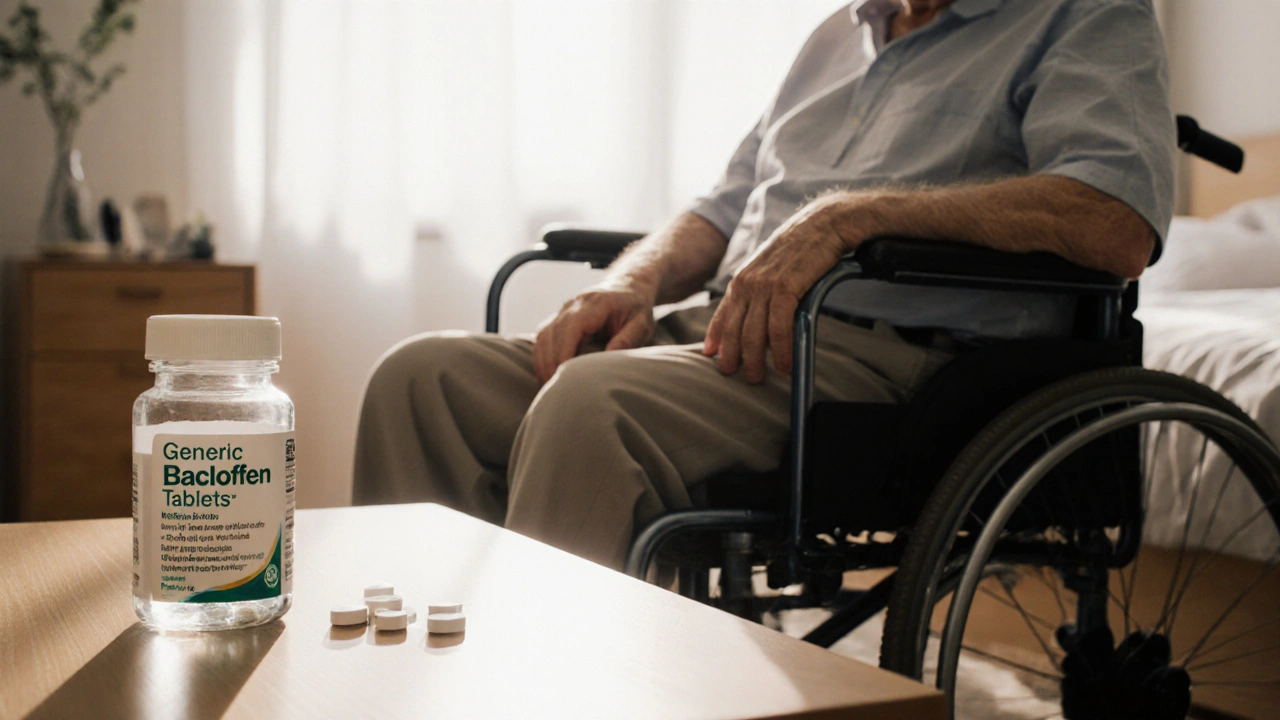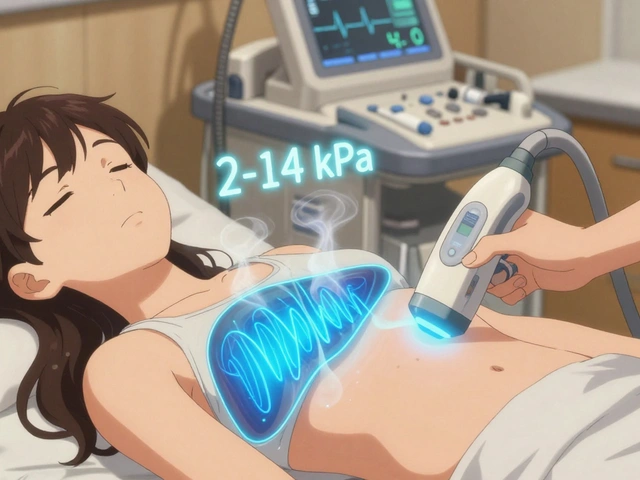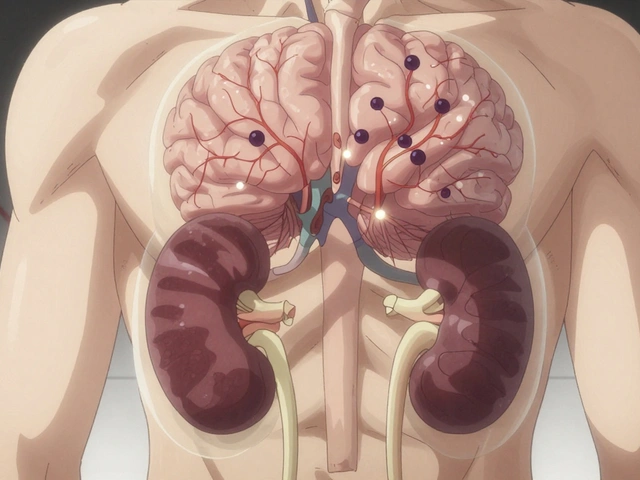tizanidine vs baclofen: What You Need to Know
When working with tizanidine vs baclofen, a direct comparison of two widely used muscle relaxants for treating spasticity and severe muscle stiffness. Also known as tizanidine and baclofen comparison, it helps patients and clinicians decide which medication aligns best with their therapeutic goals. The condition muscle spasticity often follows neurological events such as stroke, multiple sclerosis, or spinal cord injury, and it can drastically limit daily function. Both drugs act on the central nervous system, but they target different receptor pathways, leading to distinct efficacy patterns and safety profiles. Understanding the side effects associated with each agent is crucial for minimizing interruptions in therapy and preserving quality of life.
Mechanisms, Dosage, and Practical Differences
If you're weighing tizanidine vs baclofen for your therapy, start with how each drug works. Tizanidine is an alpha‑2 adrenergic agonist; it reduces excitatory neurotransmitter release, leading to a calm‑down effect on overactive neurons. Typical dosing begins at 2 mg at bedtime and can be titrated up to 8 mg three times daily, depending on patient tolerance. Baclofen, on the other hand, is a GABA‑B receptor agonist that directly inhibits spinal reflexes. It usually starts at 5 mg three times a day, with gradual increases up to 20 mg three times daily for severe cases. These dosing schedules affect how quickly patients notice relief and how often they need to monitor blood pressure or liver function. Tizanidine’s short half‑life means more frequent dosing but offers flexibility for rapid adjustments; baclofen’s longer half‑life allows steadier plasma levels but may accumulate, especially in renal impairment. Side effect profiles reflect these mechanisms: tizanidine commonly causes dry mouth, drowsiness, and hypotension, while baclofen is more likely to produce dizziness, fatigue, and muscle weakness.
Drug interactions shape real‑world decisions. Tizanidine is metabolized by CYP1A2, so smoking, ciprofloxacin, or fluvoxamine can boost its levels and raise the risk of severe hypotension. Baclofen is cleared unchanged by the kidneys, so reduced renal function demands dose cuts to avoid toxicity such as respiratory depression. Both agents can intensify the sedative effects of alcohol, antihistamines, or opioid analgesics, so clinicians often advise patients to limit concurrent use. For people with a history of cardiac arrhythmias, tizanidine’s blood‑pressure‑lowering action may be problematic, whereas baclofen’s potential to trigger seizures in high doses makes it less suitable for patients with seizure disorders. Selecting the right drug therefore hinges on a clear picture of a patient’s comorbidities, concurrent medications, and lifestyle factors.
Beyond pharmacology, practical considerations influence adherence. Tizanidine’s tablets are available in immediate‑release and extended‑release forms, giving providers flexibility for nighttime versus daytime dosing. Baclofen can be compounded into a liquid for patients who have swallowing difficulties, and a low‑dose intrathecal pump formulation exists for severe spasticity unresponsive to oral therapy. Insurance coverage and cost also play a role; generic baclofen is often cheaper, while tizanidine’s price varies by brand and formulation. Ultimately, the decision between these two muscle relaxants is a balance of efficacy, safety, convenience, and individual health context. Below you’ll find a curated selection of articles that dive deeper into each aspect—ranging from detailed dosage tables to real‑world patient experiences—so you can make an informed choice tailored to your situation.

Lioresal vs. Alternative Spasticity Treatments: Detailed Comparison
A thorough side‑by‑side look at Lioresal (baclofen) and its main alternatives, covering mechanisms, costs, pros, cons, and how to pick the right spasticity treatment.
Continue Reading



